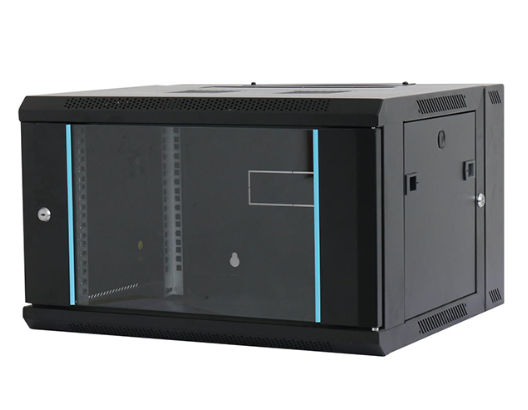News
Site Editor
 Site
https://leonetworkgroup.usa18.wondercdn.com/uploads/image/5fe152faa587d.png
Patch panels are an essential component in network cabling to organize and manage the twisted pairs of Ethernet cables. They act as a physical hub where all the cables from outlets and switches converge. In this article, we will discuss how to wire a patch panel correctly.Step 1: Before you start installing the patch panel in the rack, ensure you have all the necessary tools like cable stripper, p
Site
https://leonetworkgroup.usa18.wondercdn.com/uploads/image/5fe152faa587d.png
Patch panels are an essential component in network cabling to organize and manage the twisted pairs of Ethernet cables. They act as a physical hub where all the cables from outlets and switches converge. In this article, we will discuss how to wire a patch panel correctly.Step 1: Before you start installing the patch panel in the rack, ensure you have all the necessary tools like cable stripper, p
How To Wire A Patch Panel
Views: 628
Author: Site Editor
Publish Time: 2023-07-10
Origin: Site
Patch panels are an essential component in network cabling to organize and manage the twisted pairs of Ethernet cables. They act as a physical hub where all the cables from outlets and switches converge. In this article, we will discuss how to wire a patch panel correctly.
Step 1: Before you start installing the patch panel in the rack, ensure you have all the necessary tools like cable stripper, punch-down tool, crimping tool, and cable tester.
Step 2: Plan and organize the Ethernet cables by labeling them according to their corresponding outlets or switches. Organizing the cables before installation will make it easier to troubleshoot if there's any connectivity issue later on.
Step 3: Strip off about an inch of the outer insulation jacket from each cable before you punch them down on the patch panel.
Step 4: Separate the eight-color-coded twisted pairs and fan them out. Arrange the wires in the same sequence as the jack, following the T568A or T568B standard.
Step 5: Place each pair of wires into their designated slots located on the back of the patch panel. Use a punch-down tool to secure the wires onto the panel by delivering a firm and downward pressure until you hear a click sound.
Step 6: Repeat the process for all the cables from outlets or switches. Ensure that all the cables are firmly and properly punched down on the patch panel.
Step 7: Once all the cables are wired, it's time to test the connectivity of the cables using a cable tester. A cable tester checks for continuity, short circuits, and open circuits. It will help to identify any miswiring and saves time in detecting and correcting issues.
Step 8: After testing, label the ports of the patch panel with the corresponding outlet or switch numbers to aid in troubleshooting and maintenance.
In conclusion, wiring a patch panel is a simple task that requires attention to detail and organization. Planning and labeling cables before installation make the process smoother and easier to troubleshoot later on. Following the T568A or T568B wiring standard ensures compatibility with the network equipment. Lastly, testing the cables with a cable tester verifies that the connections are correctly wired and avoids connectivity issues.
If you want to know more about industrial network cabinet,china fiber optic splice closure,china fiber optic distribution box,please consult the fiber optic splice closure factory









